North Carolina is a dream for a birdwatcher. If you’re an expert birder or someone that loves spotting a special type of bird, the birds of North Carolina are perfect for you. There are over 460 species in this area. From the coast to the mountains, you’ll see all kinds of flying friends. We’ve got a look at some of the birds of North Caroline you may see throughout the year.

Northern Mockingbird
If a bird is singing outside your window, odds are that it is a Northern Mockingbird. These birds are slim with a long tail and long legs. They have a slender, curved bill. The Northern Mockingbird is usually gray with white patches on its tail and wings.
The Northern Mockingbird enjoys living in bushes, trees, and parks. They don’t like anyone trying to get near their nests, and they aren’t scared of other birds or even cats.
These small birds like to dine on fruit, berries, and insects. If you want to attract them to your backyard, you can put out some raisins or apple slices. They love to take a bath in fresh water, too.
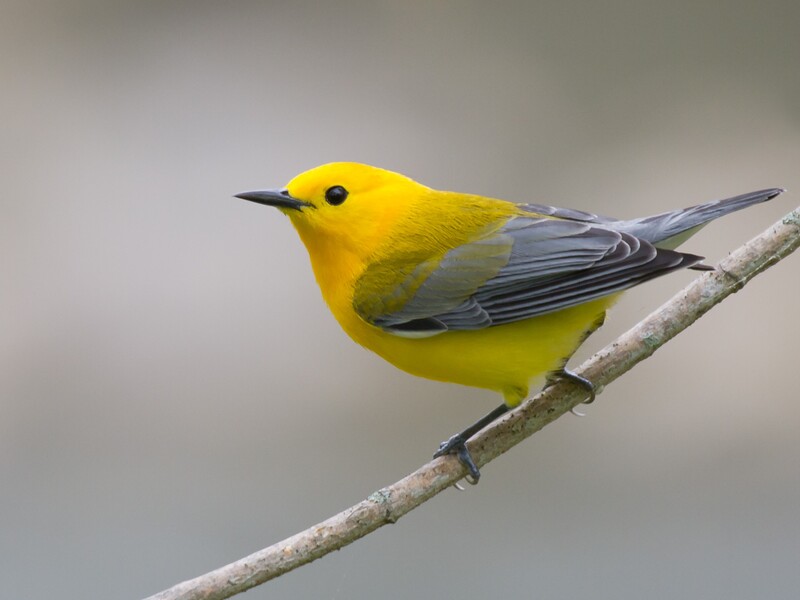
Prothonotary Warbler
The yellow-headed prothonotary warbler is hard to miss. The male has a bright yellow head and belly. The female has a little bit more subdued color of yellow on its body. You’ll often hear them singing in the trees.
The prothonotary warbler is the only warbler in the east that often nests in tree cavities. They’re very common to find in the wettest areas. They breed in swamps and on the edge of streams and rivers.
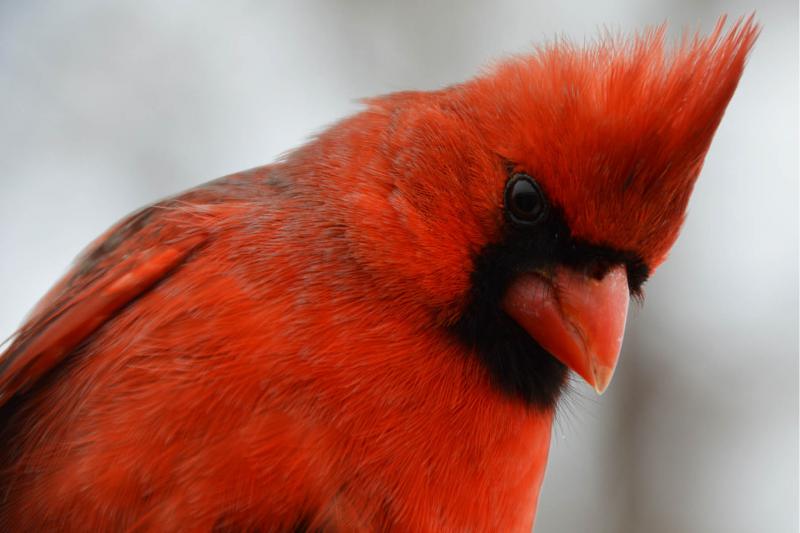
Northern Cardinal
The beautiful northern cardinal is a sign of peace and happiness for many people. With its bright red body and little pink bill, this bird is hard to miss. The female northern cardinal has more gray in her feathers, but still has a hint of red.
Cardinals live in shrubs and trees. They’re long bill is pefect to crack open seeds in your yard. They love black oil sunflower seeds, nuts, and berries.

Red-cockaded Woodpecker
Ironically, there is nothing red about the red-cockaded woodpecker. Red-cockaded woodpeckers are actually black and white with a black tail. They do have a red dot on the side of their face. They often nest in 100-year-old trees that have a disease that softens the interior of the wood, so they can make a nest inside. They cover the holes with sap to keep away predators.
The red-cockaded woodpeckers love to eat suet, pecans, fruits, and berries. They are declining in population due to a loss of their natural environment.

Turkey Vulture
You may get lucky during the winter and get to see a turkey vulture. This bird is very large and interesting. They fly with their wings in a “v” formation. They like to search the land below for dinner of a yummy fresh carcass. These birds are always on the lookout for a fresh kill.
A turkey vulture is a very large with a featherless, red head. Their bill is also bright red. The undersides of their body are paler in color.
You won’t see these birds in your backyard unless they’re hunting. If you do, don’t fear them.

Brown-headed Nuthatch
Many birders are familiar only with the white-breasted nuthatch, so they may be surprised to learn that the brown-headed nuthatch is an inch smaller. These birds are a little over four inches tall. They live in highly elevated areas with lots of trees. They have a gray back with a white bell and brown cap. You’ll usually see them traveling in flocks. They love to chit-chat with each other using chirps.
They like to find nests in tree trunches and natural cavities. You can find them in former woodpecker holes many times. These little birds won’t migrate much. They like to stay in the same area for their entire lives.
Brown-headed nuthatches will come to your feeder if you live in a piney neighborhood. They enjoy all kinds of natural food.

White-throated Sparrow
The white-throated sparrow looks a lot like its name sounds. It has white striped along its black head. It will have a striped tan and brown body with a pale gray torso. You’ll notice its white head sitting in contrast next to its gray face and breast.
They enjoying making a home in brush or forest areas. You’ll often see them playing in flocks on the ground. They’re known for kicking up leaves to find their food.
You can get these birds to come to your feeder by putting out a mixture of seeds and berries. They love insects and fruit in the warmer months.

American Crow
The crow is very popular and easy to identify. It has a familiar caw attached to the all-black large bird. This big species of bird is over 17 inches long. Smaller than grackles, a crow has a thick neck and long legs.
Crows are found in trees and fields. They are often seen traveling together. They will stop to eat big insects, small mammals, and even carrion. They also enjoy the essential grain. Don’t feed table scraps to these large birds or you made end up becoming their regular restaurant.
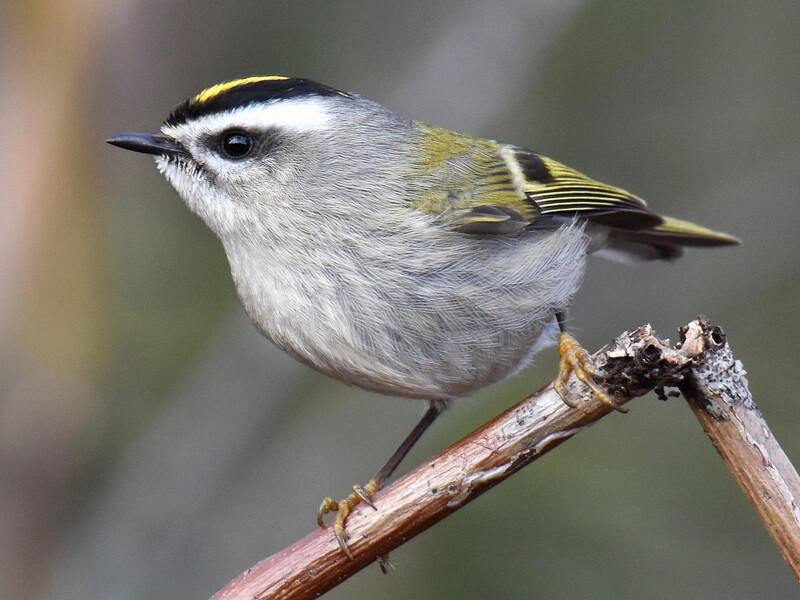
Golden-crowned Kinglet
The golden-crowned kinglet bird is one of the smallest birds of North Carolina. You can recognize them by their high-pitched calls. They are about 3 1/2″ tall with an orange-yellow crown and an olive body.
Many people recognize the way these birds fly wildly flapping their wings mid-air. They even seem to cling upside down from branches hunting for insects.
You’ll often see the golden-crowned kinglets traveling in flocks. They sometimes even fly with other woodland birds like nuthatches or downy woodpeckers, and nuthatches.

Yellow-rumped Warbler
The yellow-rumped warbler lives up to its name by having a yellow rump and yellow sides. The rest of its body is bluish-gray with black on its sides and its chest. It has two forms. The western form has a yellow throat with a large white wing patch, while the eastern and northern form have a white throat with two white wing bars.
This warbler likes to breed in the mixed forests and in the western mountains. They usually make their nest about halfway up a tree. This small bird usually feasts on insects during the summer. They eat berries and fruit during the winter. You can set out suet in your feeders to attract them.
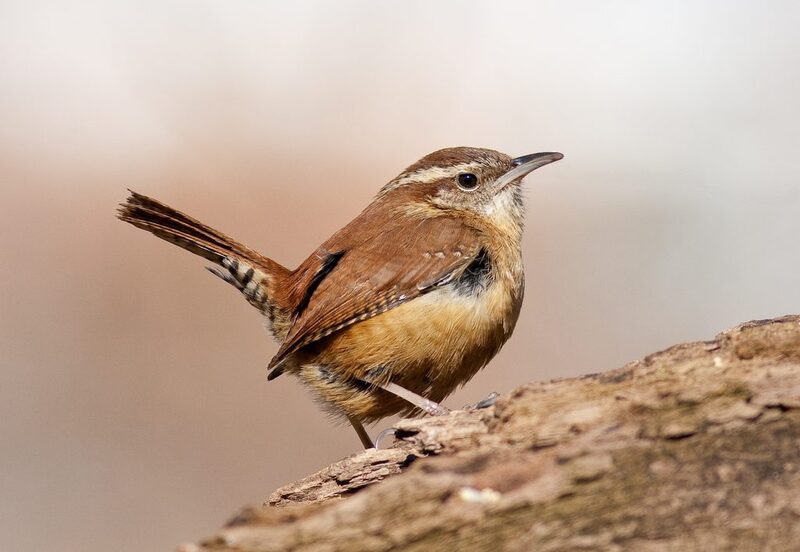
Carolina Wren
The Carolina wren is one of the most popular birds to see in your backyard throughout the eastern part of the world. This bird is small with a round body and flat head. It’s brown with black bars on its tail and wings. The Carolina wren usually actively flips its tail.
The Carolina wren makes its nest in shrubs and brush. You’ll hear them loudly singing throughout the year. Their voice is often much bigger than their body.
These sweet little birds like to eat spiders and all kinds of insects. They’ll also gladly eat suet out of your feeder.
Food and feeder preference: Feed mostly on insects and spiders. They will feed on suet.
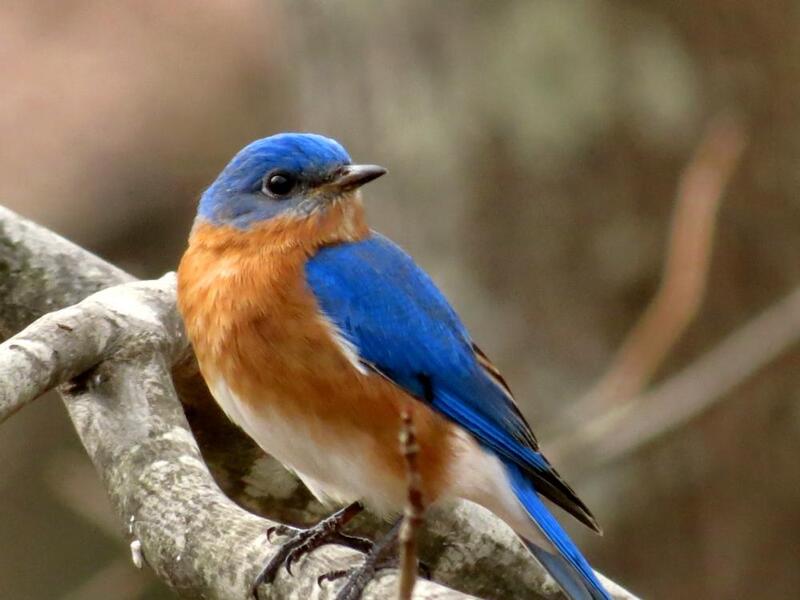
Eastern Bluebird
The amazing blue bird in the sky is one of the most recognizable birds of North Carolina. These small birds are chunky with a slender bill. The male bluebird is strikingly blue with a white belly. The female is almost a grayish-blue color.
The bluebird hangs out in fields, golf courses, and woodland edges. They love nest boxes and don’t use a perch much.
Bluebirds enjoy dining on insects. They’ll also eat berries and other small invertebrates. Put mealworms in your feeder to offer them a special treat.

American Robin
The American robin can easily be identified by its orange breast. The rest of its body is usually gray or brown. They have a straight bill that is curved at the end.
The robin will make its own in farmlands, lawns or woodland areas. They will hop along your lawn as they hunt for food. Many people love to watch them turn their head your way. They’ll wake you up singing a beautiful tune, too.
American robins usually eat little worms and other insects. They also enjoy fruits and seeds.

White-breasted Nuthatch
People often love to watch the small white-breasted nuthatch as it acts fearlessly on the feeder. The popular bird has a bluish-gray body with a white torso. They have a black cap and black wing tips.
The white-breasted nuthatch is common in trees and woodlands. The only place you won’t find them is in treeless grasslands or deerts. They crawl over tree branches and even go head first hunting as they search for insects to eat. They also love to eat nuts, seeds, and acorns.
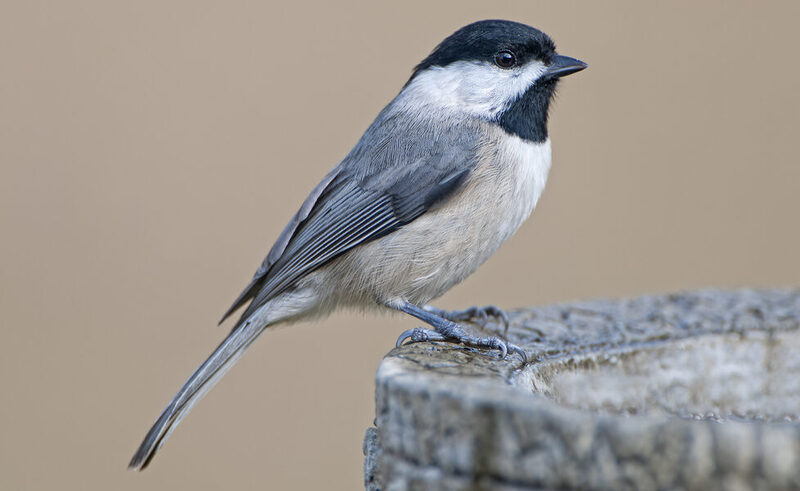
Carolina Chickadee
The small, gray chickadee is very common in the Carolinas. You’ll know it by its black cap, black bib, and white face. It has a short, straight bill with a round body.
The Carolina chickadee usually makes their nest in lower elevations. They don’t chew like sparrows, but they’ll take a huge seed from your feeder and fly away to eat it. They usually eat insects, but do love the occasional sunflower seed.
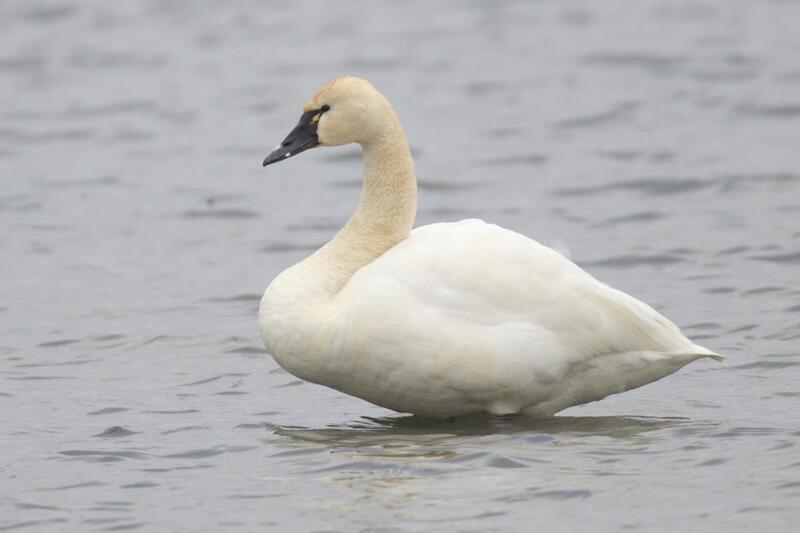
Tundra Swan
The tundra swan is a large, beautiful bird that you won’t usually find in your backyard. They flock together at the lakes and shores. Many migrate to this area during the colder months. These birds mate for life, so they will often return together year after year.
This swan is more than 50 inches in length. Their wingspan is seven feet. They have a bright white look with long necks and black bills. The tundra swan takes your breath away with its grace and beauty.
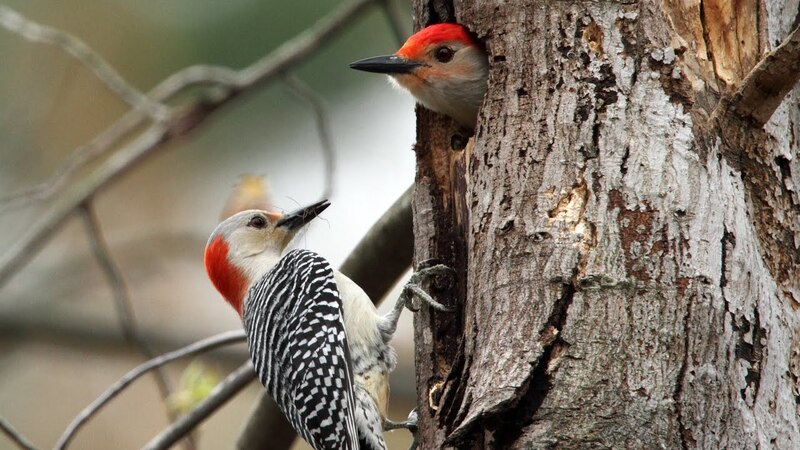
Red-bellied Woodpecker
If you hear pecking high in your trees, look out for the red-bellied woodpecker. Large for your everyday backyard bird, this bird loves to hang on your trees with his short legs. It’s usually gray with black-and-white bars on the wings and back. You’ll notice a red nape on the male.
This bird lives in many different types of trees. They eat a dinner of nuts and insects on a daily basis. A red-bellied woodpecker has been known to eat peanuts from feeders and loves a good suet block.
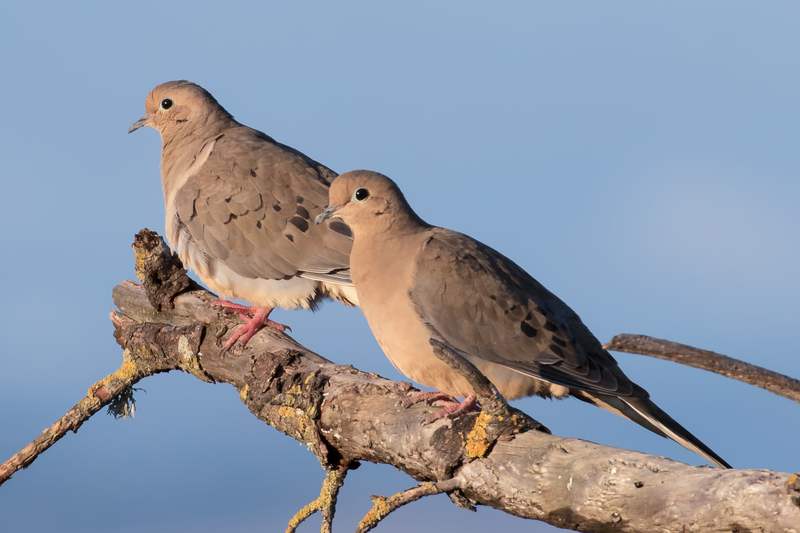
Mourning Dove
Mourning Doves are some of the most popular birds throughout the lower United States. They’re large about about 12 inches long. They look like a small pigeon. The mourning dove has a brownish-pink body with a darker tail.
This mourning dove hangs out in the woods and urban areas. You’ll often see them on fences and wires. They enjoy singing in the spring.
The mourning dove usually only eats seeds.
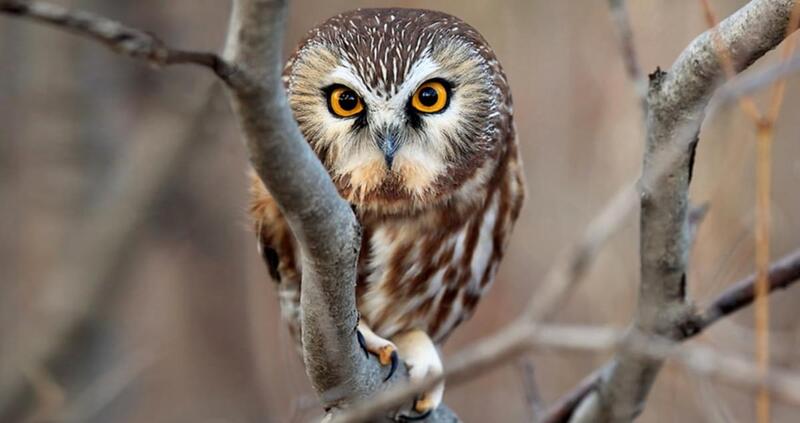
Northern Saw-whet Owl
The northern saw-whet owl looks like a toy at six inches tall. It’s one of the rarest owls in the state. Still considered one of the birds of North Carolina, the northern saw-whet owl lives in the forest and mountains. You won’t usually see it unless it is breeding season.
The northern saw-whet owl has streaks of brown, but the juvenile own will have a chocolate brown color with bold, white patches around their eyes.
These owls usually eat small rodents. They will at times eat small birds, baby squirrels, and insects.
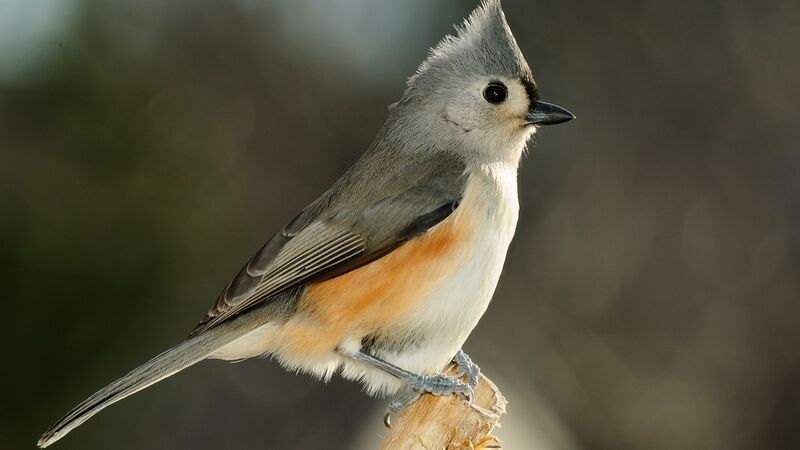
Tufted Titmouse
This small bird has a round body and a full tail. Its bill is short and stout. The tufted titmouse is usually dark blue with a lighter bottom. Sometimes they have black feathers around their eyes.
These birds live in forests with heavy trees. They will gladly come to your backyard feeder. Put out all kinds of seeds and suet for them. They will also eat the insects in your garden.
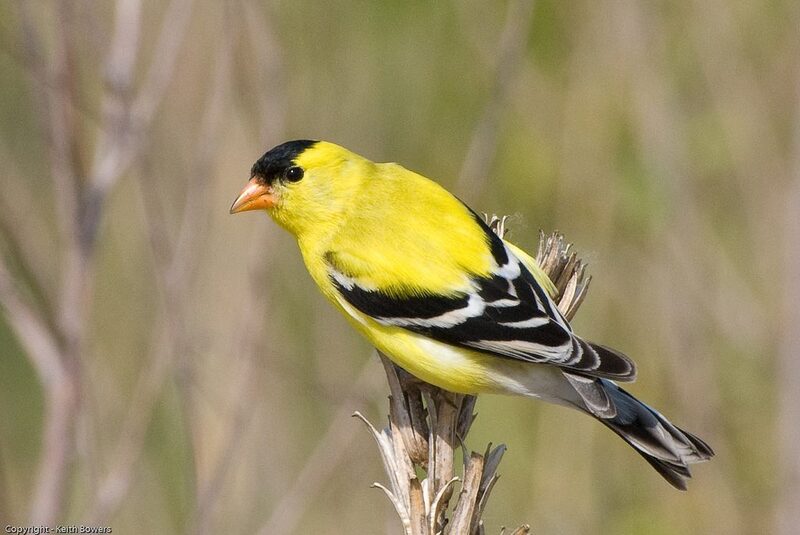
American Goldfinch
Many people call the American goldfinch a “wild canary” for its fun, yellow color. The tiny male bird is usually bright yellow with a black forehead and black wings. The female American goldfinch is usually a duller color.
They live in thistles and plants. You’ll hear this bird singing a lovely tune each day. They will come into your backyard to eat weed seeds and thistle seeds. They also enjoy the occasional sunflower seed.
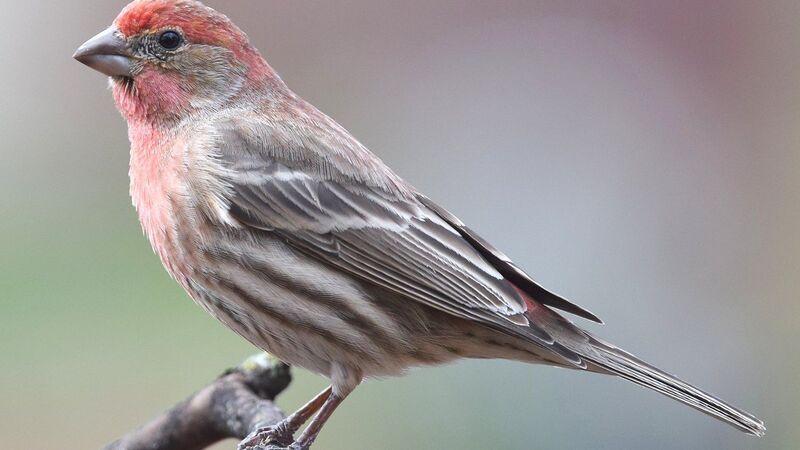
House Finch
The house finch loves to hang out in your backyard. They are medium-build with a notched tail. Their bill is short and conical. The house finch is usually gray and brown with streaks along their sides. Soemties the males will have an orange chest, crown, and rump.
This sweet bird likes to hang out on wires and treetops. They like to eat seeds. The males sing throughout the year. This song is often lively and loud.
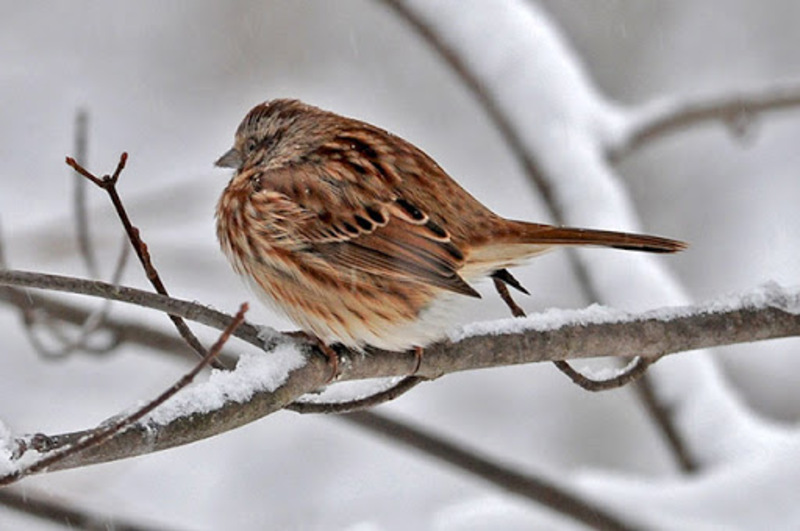
Song Sparrow
The popular song sparrow is small and plump. You can identify it by its dark body with streaking on its back. It has a short, conical bill.
The song sparrow is often found in thickets near the water. You’ll often hear them singing in your shrubs. They’re always near the ground looking for food. They like to dine on insects and seeds that they find near the ground. You can easily feed them with mixed bird seed.
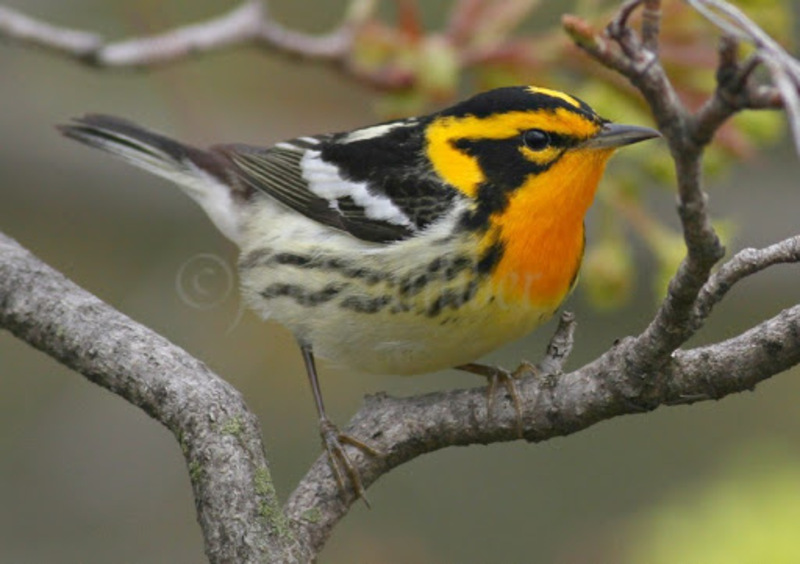
Blackburnian Warbler
The Blackburnian warbler is a sight to be seen. The male seems to glow like a gorgeous ember with a fiery orange throat and head. It has a black body and its wings have white accents. The female warbler is more yellow in color.
Blackburnians are usually scattered throughout the mountains as they breed. They like to make their homes in forest areas and even mixed woodlands. They nest in the tallest of trees.
Blackburnian warblers love to sing in the high trees. Their dinner usually consists of insects found in these trees.
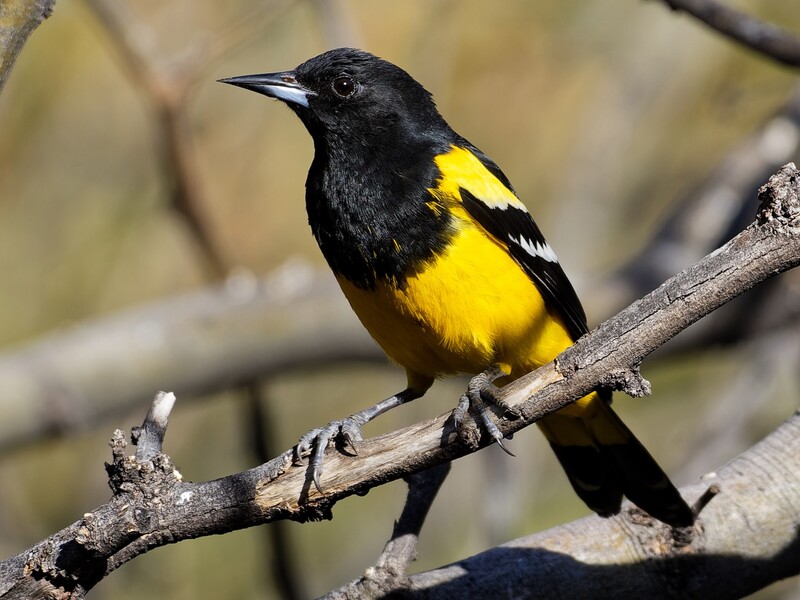
Scott’s Oriole
The Scott’s Oriole is interesting because it sings to establish its nesting territory. They like to nest in tall trees. This bird is very beautiful with a bright yellow belly and bottom. Its wings are black and have yellow patches.
The Scott’s Oriole usually eats nectar, berries, and insects. They will even eat beetles, grasshoppers, and caterpillars.

Eastern Towhee
The eastern towhee hangs out in the southern populations throughout the year. They like to nest in bushes or on the ground. You won’t find them using a nest box. The eastern towhee looks like many other birds with a brown body and streaking.
They like to dine on sunflower seeds, peanuts, suet, and a little cracked corn.
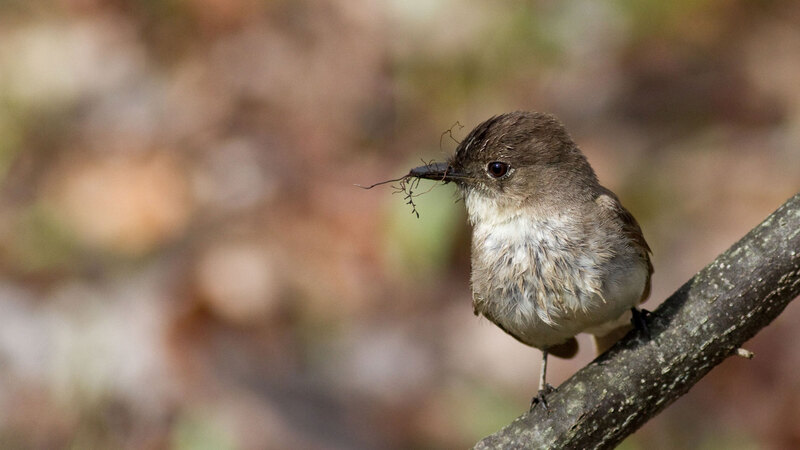
Eastern Phoebe
This plump little songbird will often raise its feathers. They have thin, short bills to easily catch their prey. The eastern phoebe is brownish-gray with white below. These birds are very fun and active. They make short flights to capture their dinner then return to the same perch.
You’ll hear them making a unique peep sound. You’ll often find them in your yard or on woodland edges. They like to eat everyday insects and seeds.
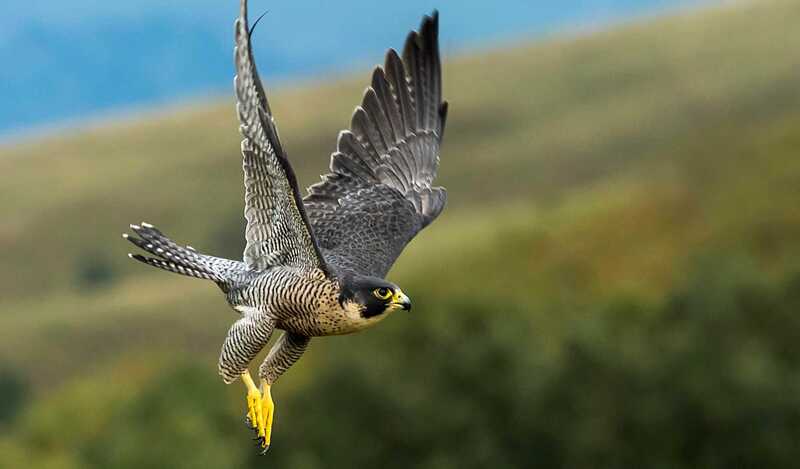
Peregrine Falcon
The powerful peregrine falcon was almost extinct less than 40 years ago. The large population now makes their home in North Carolina each year. The pairs of peregrine return each year to hang out in the mountain cliffs. They may be hard to spot, but they are often found in the western end.
This large bird is about the size of a crow. they have beautiful, pointed wings for speed. The adult peregrine falcon is bluish-black with a lighter throat. This bird is one of the fastest in the world. When diving for prey, they can fly more than 180 mph.
Migrant peregrines eat ducks, pigeons, smaller birds, and even bats.
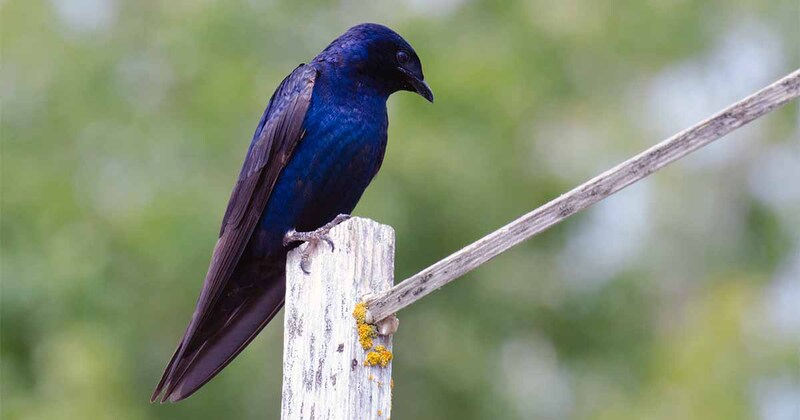
Purple Martins
Purple Martins have a neat name for a neat bird. Most pepole know them for their strange gurgling call. They often make a nest in woodepecker holes and natural holes in trees. Over 1000 years ago, Native Americans actually started providing these birds with gourds for their nest. They now very dependent on humans to give them housing.
Purple martins eat flying insects. They love to munch midflight. This means they will eat mayflies, grasshoppers, dragonflies, moths, bees, and butterflies.

Northern Parulas
Northern parulas have a striking yellowish-green patch along the back. These little plump warblers are bluish-gray. Both males and females have white crescent shapes around their yes. People love to watch these birds hop and play.
They like to live in deciduous forests and evergreen forests. They love moss. They can often be found in areas with Spanish moss. Northern parulas are often found hunting for their prety of insects along the ground. You’ll also hear the males singing during the spring. You can attract them with the everyday suet and seeds, too.
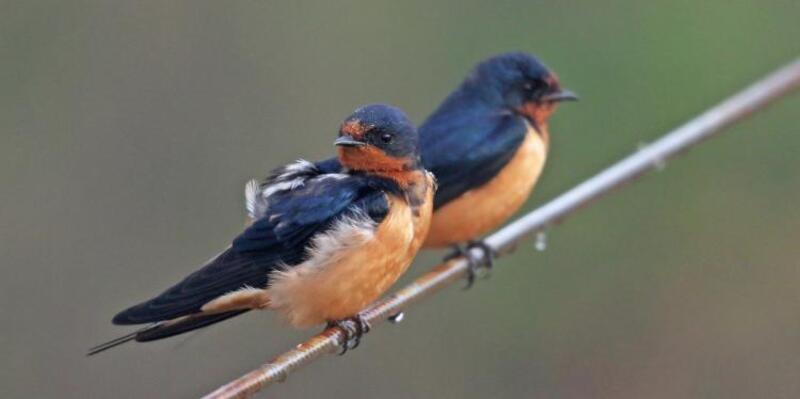
Barn Swallow
This gorgeous little bird is steel blue with tawny underparnts. They have a blue face and cfown against their red forehead and throat.
Barn Swallows are fun to watch as they grab food. They like to grab their insects then eat while flying through the air. They even eat aquatic insects once they are hatched.
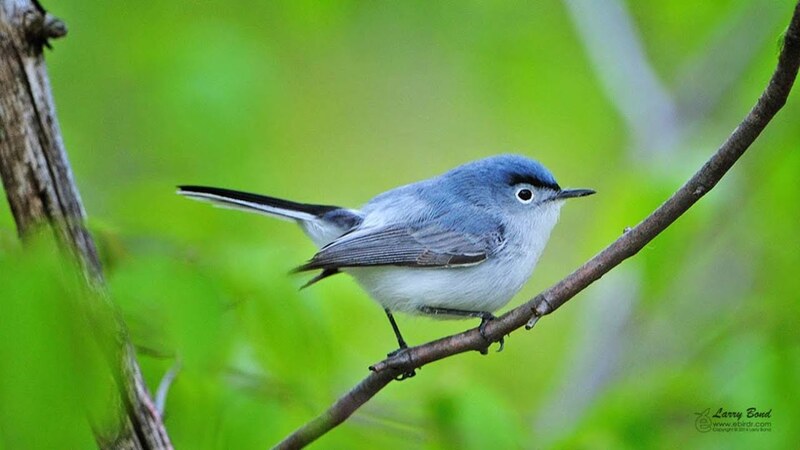
Blue-gray Gnatcatcher
This bluish-gray bird likes to hang out in the forests and scrublands. Most birders know it by its constant motion and loud calls. They like to hope as they hunt.
The blue-gray gnatcatcher is bluish-gray in color with darker wings and beak. They like to eat insects, spiders, and seeds.
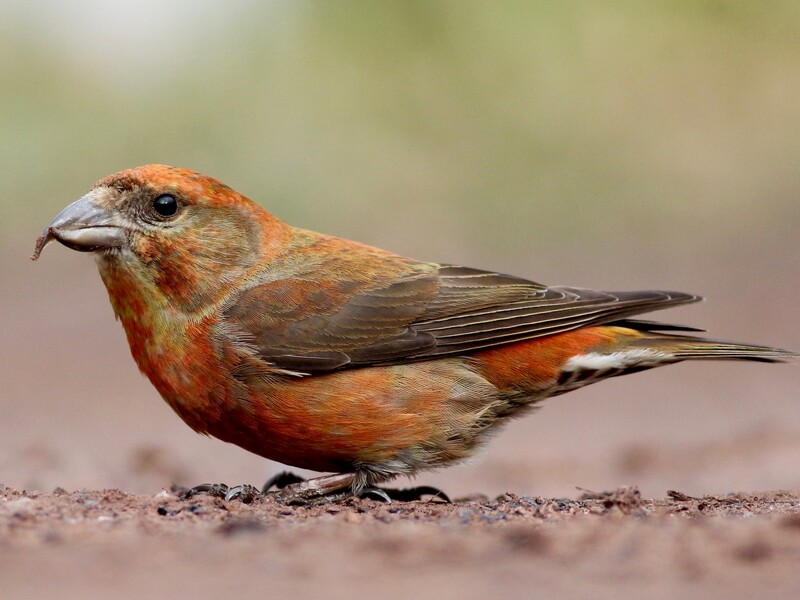
Red Crossbill
This unique bird is an exciting one to many birders. It will randomly search for food in the winter in strange ways, and it will breed almost every month of the year. It’s tough to find a red crossbill in North Carolina, but you can. They don’t stay in one area for too long. They are often found in the mountains. You can hear their special calls to distinguish this species.
A red crossbill is about five inches long with reddish hair. Females have a yellowish tint. They all have a special bill that crosses at the tip so they can easily open pinecones.
Wrapping Up
The birds of North Carolina are endless, as it’s a special place for the migration of birds. Many love to travel through this warmer area and stop to enjoy the environment. Tell us which ones you most frequently see in your backyard!
Related
- Interested in learning more about birds on the East Coast? Check out The Birds of Pennsylvania.
- Birders have some entertaining lore that gets shared around on social media and in birding circles. One of which is a birding equivalent of “bigfoot”, or The Mythical Blue Cardinal.
Leave a Reply